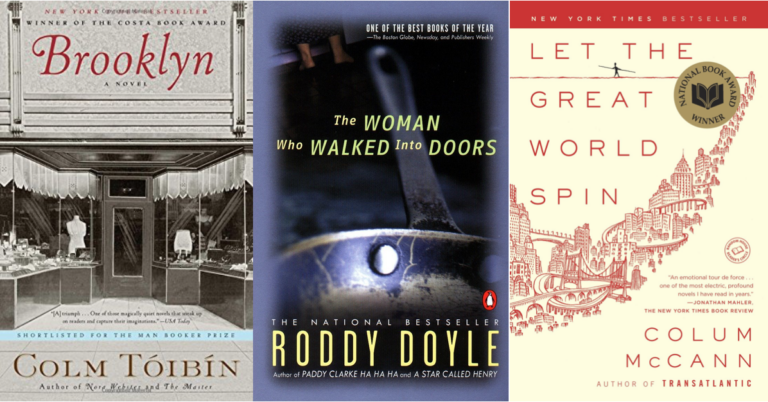What You Can Learn About Writing from Children’s Books
I’ve spent the last year and a half brushing up on reading that for the last three decades or so I’ve been neglecting. Since my daughter was born, I’ve been diving deep into the literary canon, paging through tens or hundreds (well, some days it feels like hundreds) of picture books. And while my voice has grown hoarse and my daughter has learned her horses (and other farm animals—why so many animals?), I’ve realized that even this most basic form of storytelling has something to teach me about writing.
- Be Clear. When your attention span is say, thirty seconds, there’s no time for long explanations or veiled references. You need to get to the point. What did the very hungry caterpillar eat on Tuesday? Tell me now or lose me to a jam session on the xylophone. The same goes for grown-up readers. They don’t want reams of backstory at the expense of actual plot.

- Use Interesting Language. My daughter’s favorite words right now end with the sound “ky”—cheeky, sticky, monkey. She thinks they are pretty hilarious, and I’m not sure she’s wrong. They are fun to say, and her reaction to them has reminded me how much fun language can be, for sound as well as meaning. Say “cheeky monkey” out loud a few times. Right now. You’re smiling, aren’t you? It’s not just about smiling or being funny, though. Language holds music as well as meaning. Let’s not forget it.
- Rhythm Matters. Even freshly minted parents know that the best children’s books are the ones that you like as much as your child does, full of rhythm and rhyming that make them both engaging and memorable. (Do you remember the day? The day the babies crawled away? The moms and dads were eating pies, the babies saw some butterflies and, what do you know? Surprise, surprise! The babies crawled away.) Poets already know this, but as a fiction writer, I often need reminding to think of the beat in my writing. It can reinforce plot and set the mood for your story. It even can pull readers along when your plot flags. (Not that yours would.)

- Paint Interesting Pictures. We don’t have a ROY G. BIV to help us with prose, but vivid pictures can help tell a story whether you make them with words or watercolors. When readers can see the people and places we create, they’re more likely to buy into the rest of the story. Basic believability and realism matter.
- Trust Your Readers. I’m amazed at how much my daughter understands with less than two years under her belt. Already she has the powers of curiosity and anticipation. She’s often looking around the page as I’m turning it, eager too see what happens next. And let’s face it: if she can do it, your readers can too. You don’t need to give them continual explanations of who your characters are and why they matter to each other. Give them the set up and start the story. Maybe they’ll be peering around your pages too.


